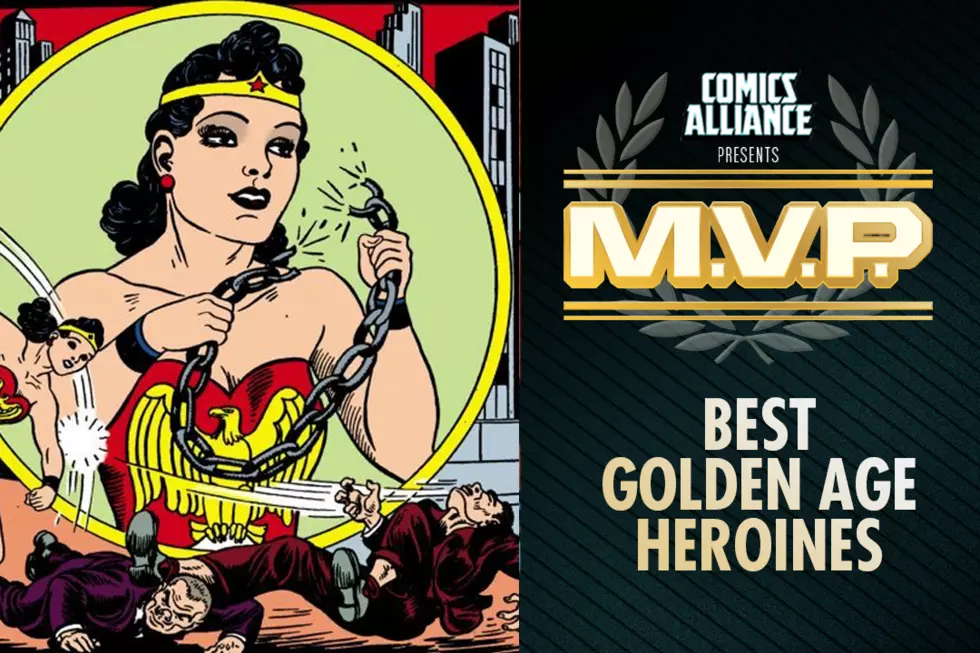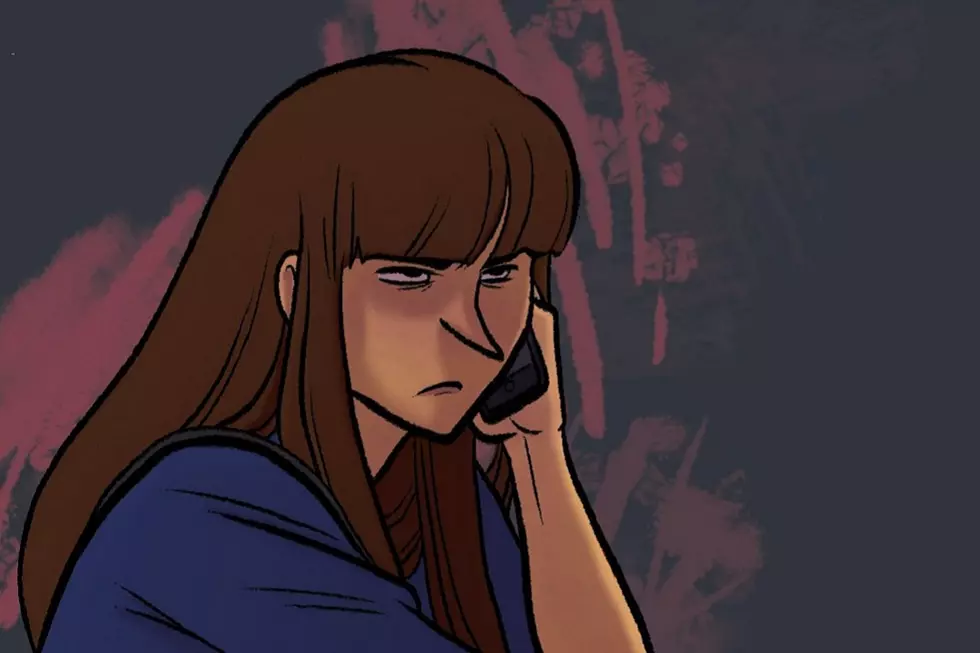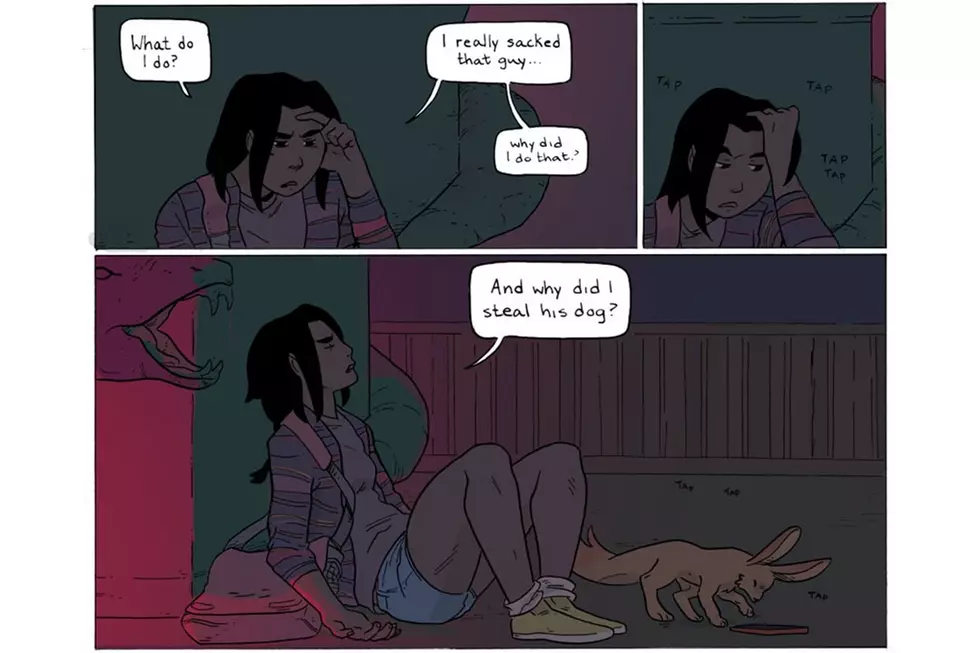
Nostalgia As A Weapon: The Sailor Moon Renaissance Is A Feminist Mission Behind The Lines Of Pop Culture
Sailor Moon did not enter my life so much as consume it. I was eight, and in the space of a few weeks I learned all the attack names, bought the first two issues of the manga, went through three different understandings of how to pronounce “Takeuchi”, and developed a tiered list of my favorite characters. I spent hours spelunking the MIDI-laden cave that was Geocities, learning the language of dub-versus-sub wars, exploring webrings, indulging in awful pidgin Japanese, and realizing that I was not actually the only person in the world that loved this show. I filled the drawer of my nightstand with printouts of art book pages (I never did anything with them, but they were the most beautiful things I had ever seen and I needed to possess them somehow). I scraped up a special outfit — a white turtleneck and blue pleated skirt, with my hair in pigtails — just to wear while watching the show. Opinions crowded my head, the first ones I’d ever really developed on my own: on translation choices, best and worst story arcs, ideal romantic pairings. I didn’t just write Sailor Moon fanfiction — I wrote Sailor Moon poetry. It was, by far, the most vivid and vital part of those last few playground years.
Today, Sailor Moon is inescapable. There’s the new anime of course, and the new musicals, the merchandise, and the retranslation of the manga. But it’s the emblem of a wider renaissance as well, a resurgence of love for mahou shoujo, or magical girl anime and manga — a movement led by women well out of their childhood years. A quick stroll through Tumblr reveals Sailor Moon cupcakes, punky Sailor Moon jackets, heartfelt essays about what the portrayal of lesbianism in Sailor Moon meant to the reader, dozens of artists working together to reanimate an episode of the anime, Sailor Moon nail art tutorials, cats named Luna, Beryl, Haruka and everything in between, hand-sculpted figurines, ornate embroidery projects, and an endless avalanche of fanart. Sailor Moon as an Adventure Time character. Sailor Moon cheekily clutching a Hitachi Magic Wand. Sailor Moon as a vicious biker chick. Sailor Moon protesting the Supreme Court's Hobby Lobby ruling.
Sailor Moon fans have not so much rediscovered their love for Naoko Takeuchi’s sword-and-sparkle epic as they have elected her queen mother of their imaginations and ultimate aspirational self. She is, simultaneously, symbol, cause, and leader.
This resurgence is animated by more than typical fannish passion. This is a need to return to a world where young women are in charge. This is an anger at the pabulum of Good Role Models for Girls, at boob windows and “fridging" and “tits or gtfo.” This is 15-year-olds covering their notebooks in “MERMAIDS AGAINST MISOGYNY” stickers, yet also gravely serious grad students applying bell hooks to Takeuchi’s use of Greco-Roman myth. This is a collective invoking of spirits, made more potent in their absence — Usagi Tsukino and all her friends as saints and saviors, carrying the light of childhood optimism to an adulthood in sore need of it. This is nostalgia as a weapon. “Pretty soldiers” indeed.
But why Sailor Moon?
Takeuchi’s greatest strength as a creator is characterization, and it is this to which fans primarily rally today. Sailor Moon’s cast is massive — and they are nearly all female, from the heroes to the villains to the sidekicks. This manifold nature removes the burden of representation from any one or two female characters as is the case in most media: Usagi can be emotional, flighty, and boy-crazy, and still a wonderful heroine because she doesn’t stand for half the population.
In this way, watching Sailor Moon as a woman is like suddenly realizing you’ve been drowning and taking a big gulp of air — the female characters can just be. You don’t cringe internally when one of them becomes a love interest, or is grievously injured, or fails. It is so relaxing to indulge in, so genuinely escapist to put aside that tally one keeps in their head of deaths, rapes, and de-powerings.
To a young girl, Sailor Moon is a fantasy she didn’t know she wanted; to a woman, it is mental and emotional respite. How often do we find stories by, and almost entirely about women? A few contemporary works spring to mind — Orange is the New Black, The Joy Luck Club and other works cubbyholed as “women’s fiction”, plus a few lucky classics — but they are thin on the ground, and quite frankly, you’re sh*t out of luck if you don’t click with them for whatever reason. How could we not long to return to a world where women are free to be hero, villain, and every variation thereupon?
It is here that Takeuchi’s work clearly shines — her characters are warm and wonderful, far livelier than those typically found in consciously-created “girls’ entertainment.” Sailor Jupiter, the brawniest of the cast, is never the Tomboy, nor is Sailor Venus, who dreams of stardom, ever the Bimbo. Their friendships feel real and valid and drawn from life, full of conflict and genuine love. In characters like Sailor Mars, Takeuchi broke ground that has since lain untouched: from the beginning to the end, she maintains her devotion to Shintoism, her “weirdness”, despite the fact that it intimidates others, and above all, her disinterest in men.
It cannot be overstated how remarkable this is — Mars is never portrayed as just needing to meet the right boy, as being frigid or bitchy or in any way possessing a defect in need of correction. Her understanding of herself, as a teenage girl who prefers to be alone, is respected and treated as correct.
Takeuchi’s heroines are fallible, but never shamed, brave with both feet on the ground, and loving without ever having to be chastened. They are avatars of death, as with Sailor Saturn, whose power is to bring about the apocalypse. They are elegant, thrill-seeking race car drivers like Sailor Uranus, in love with world-class violinists like Sailor Neptune. They are ace students like Sailor Mercury. And they are lovable flibbertigibbets like Sailor Moon, who ascends to the level of creation goddess by the end of the series. Picking a favorite character is serious work for a young fan, but never frustrating for lack of choice.
Here’s the thing that struck me most, though, upon adulthood re-reads: without delivering big fat speeches about it, the women of Sailor Moon deal with some pretty intense issues. Never in the frantically postured manner of Grim n’ Gritty Comix, but Takeuchi never shies away from death and conflict. The third arc of the series centers around Uranus and Neptune’s efforts to kill Saturn before she can destroy the world, and the last arc is predicated on the deaths of every single main character besides Usagi.
Even sex, the final frontier of children’s entertainment, is a part of the series. It is more than clear to an adult reader that Usagi and Mamoru, the flagship couple, have a sexual relationship. Takeuchi loved drawing them artfully naked together, often in bed, culminating in the penultimate scene of the manga where they wake up together amidst rumpled sheets and mussed hair. In the anime, Haruka and Michiru tease each other about what they’ll do “later, when [they’re] alone.” It’s never something Takeuchi highlighted to make A Point about teenage sexuality, good or bad. No one is ever punished for it — Usagi never stops being the most pure hearted wielder of love and justice around just because she is not “pure” in the archaic sense. It just is.
Sailor Moon, like all truly great children’s stories, never shields children from the more serious and even unpleasant realities of life, nor does it use them to bludgeon readers into a certain point of view. It trusts them to face these issues and handle them like thinking, emotional human beings. Like most children, I knew when I was being lied or preached to, and I resented it. Sailor Moon wove its honesty into a grand flying carpet of story and whisked me away so skillfully that I never noticed that I was engaging with Adult Topics — only human ones.
And it is those stories, those adventures, that stay with me. Because on top of the female characters and the social consciousness and all that grown-up business, there’s the simple fact that Sailor Moon is really goddamn fun. Really goddamn fun in a way that girl-centric stories with adult lessons to impart rarely are. Totally awesome team-ups happen between powerhouse characters! Hidden abilities are revealed at climactic moments! Villains become heroes! Heroes become villains! Alternate future selves return to the past to warn of timelines gone wrong! The scope of the story increases with each arc, revealing a vast intergalactic sisterhood of senshi with different outfits, customs, and struggles.
The final battle of the manga takes place between Sailor Moon and the force of chaos itself, on the lip of the origin point of all existence — which is subsequently destroyed. It’s a sprawling, thrilling saga of a story, something a fan can commit to for years. You can take Sailor Moon very, very seriously — I speak as someone who has staked her reputation on it. But you can also just squeal over that one time when Usagi was losing against Queen Beryl in the final battle, and all was totally lost until oh my god, the ghosts of the dead senshi came back and helped her win. Over a wailing guitar riff. At the north pole. On a giant tower made of magical moon crystal.
It is these things — compassion, characters, consciousness, and scope — that make Sailor Moon the grande dame of the magical girl genre and a generation’s formative influence. Women stand by Sailor Moon today because it respected them, enriched them, and entertained them when others refused to — others that have not changed much in the 23 years since the manga debuted.
It is unlikely that Sailor Moon Crystal will do much of anything different when it comes to the classic tale, which has already been interpreted half a dozen ways. It will be a story about a group of young women who learn of their magical powers, become friends, and save the world. It will be cute and funny and mostly lighthearted. It will be massively popular, because it remains necessary. And for a while, it will make us forget how frustrating that truly is.
More From ComicsAlliance
![When Everything Is Pink, Nothing Is Pink: Sarah Stern On Color And Creativity [Interview]](http://townsquare.media/site/622/files/2017/03/Cindersong-feat.jpg?w=980&q=75)








